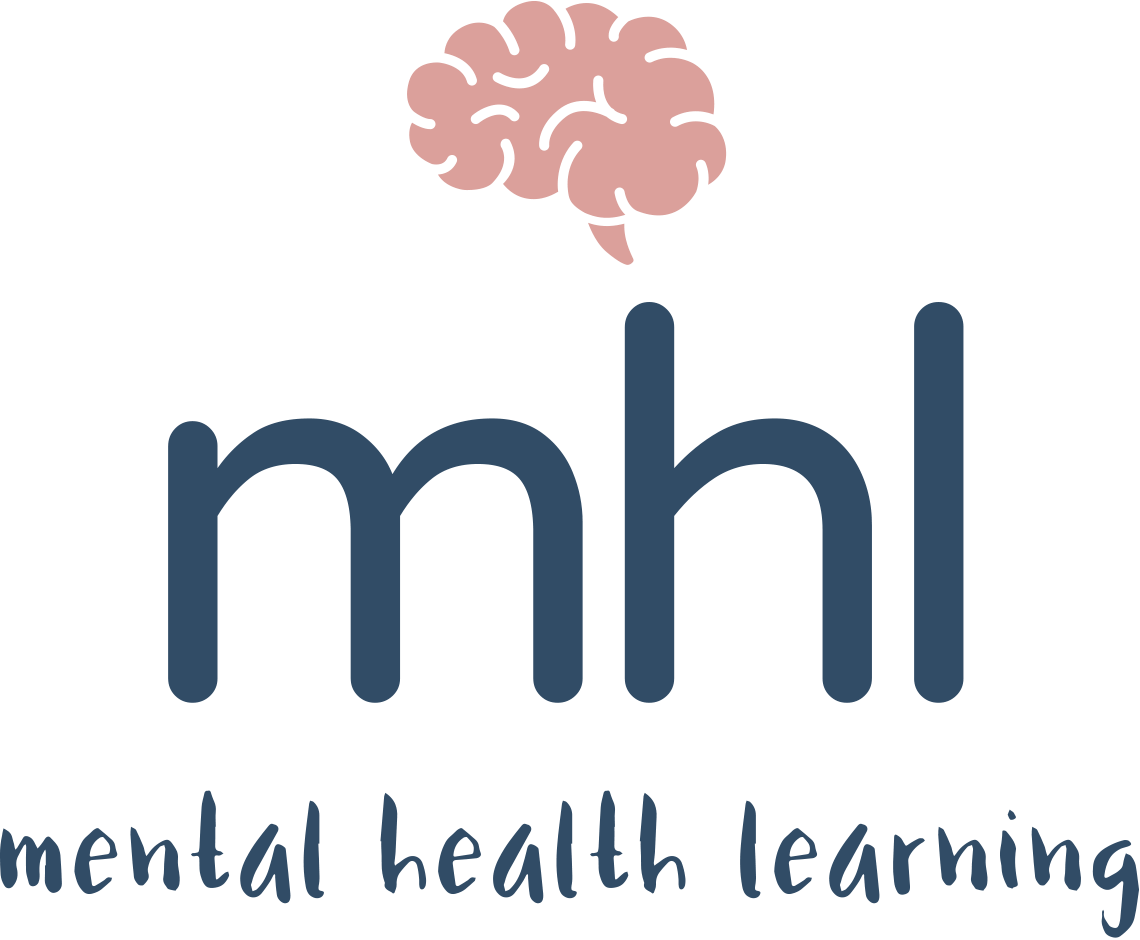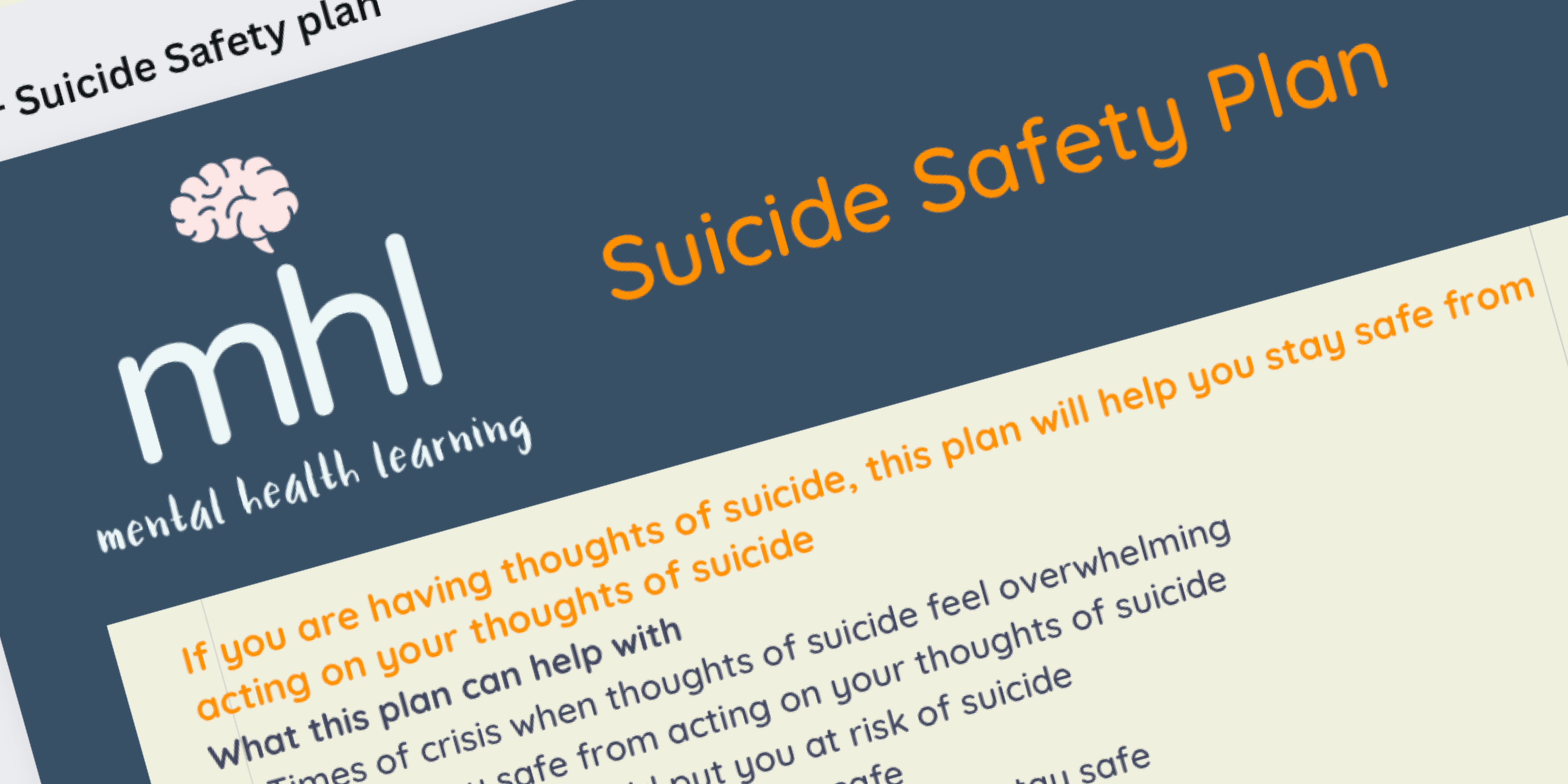Actually, not always.
Yes we must acknowledge there are suicides that appear to happen ‘out of the blue’, with seemingly no verbal indicators or behavioural changes noticed by others.
But, there are also, individuals who die by suicide, having attempted to end their life multiple times before.
It is these individuals, that are too often not taken seriously. Labelled as ‘attention seekers’, ‘time wasters’.
Prior suicide behaviour, is one of the biggest predictors of future suicide attempts and death by suicide.
Individuals with thoughts of suicide, are stuck in between feelings of wanting to live and wanting to die. They can be pulled back and forth between the reasons for deciding on either of these options, and therefore there are different reasons behind the intended outcome of suicide behaviour.
Example 1. An individual has tried to verbalise their suicidal thoughts several times but they have been ignored, dismissed, or deliberately avoided by others.
This individual now feels they have to act on their thoughts of suicide because they feel they have to show those around them just how serious they are about suicide, in order to get the help they need. But if their actions too are not taken seriously, it could end in death.
All individuals with suicidal thoughts and/or behaviours must be taken seriously.
Example 2. An individual’s thoughts have progressed to suicide planning. They attempt to end their live, but survive this attempt with the help of their Support Worker*. When thoughts of suicide overwhelm them again, and they take steps to end their life, they contact the same person/service, because that person/service helped them stay alive last time.
*or Teacher, Social Worker, neighbour, friend, Police Officer, Residential Care Worker etc
It makes sense doesn’t it? When an individual, torn between wanting to live and wanting to die is helped to stay alive, by a person (or service), it’s only natural they would go back to the same person again because they helped them! It means that person did something right. So when a person with thoughts of suicide, comes to you for the 2nd time or the 77th time, we need to respond with respect and compassion.
All individuals with suicidal thoughts and/or behaviours must be taken seriously.
When individuals with thoughts of suicide aren’t taken seriously, when they are ignored, dismissed or avoided, sadly it can, and does end in suicide.
We need to change the narrative.
All individuals with suicidal thoughts and/or behaviours must be taken seriously.
What does your experience tell you?
What are the messages around suicide behaviour within your workplace?
Do you receive clinical supervision or reflective practice to support you when working with individuals with thoughts of suicide?

